The Round Turn and Two Half Hitches is a knot that everyone should know and master.
The name might sound fancy, but it’s just how the knot works—a “round turn” circles around the object and “two half hitches” secure the rope’s end around the standing line.
It’s used to tie the end of a rope around an object and is perfect for sailing, boating, and outdoor activities.
Let’s check this hitch in detail.
Round Turn and Two Half Hitches
Type: Hitch Knot
Other Names: None
ABoK Reference: #1720
What’s a Round Turn and Two Half Hitches Knot?
The Round Turn and two Half Hitches is an evolution of the classic Half Hitch knot, but it’s stronger and more useful.
It consists of two main parts:
Round Turn
The initial Round Turn is made by wrapping the rope around the object two times.
It takes and reduces the initial load strain, making it easy to tie the Hitches, especially when handling heavy loads.
It helps increase the breaking strength of the Two Half Hitches (about 60-75 %) by a few percentage.
Half Hitches
After a round turn is tied, two (or more) Half Hitches can be tied around the standing part of the rope.
The Two Half Hitches form a Clove Hitch around the standing part, which helps secure the line in place.
When both Round turn and Half Hitches are combined, you’ll get an excellent Round turn and Two Half Hitches knot.
How to Tie a Round Turn and Two Half Hitches Knot
- Pass the working end around the fixed object twice to create a round turn.
- Tie a Half Hitch around the standing line.
- Tie the other Half Hitch in the same direction.
- Tighten the knot.
To untie, loosen the Half Hitches by pulling out the working end. Expect some tension as the rope starts unwinding.
After the Half Hitches are untied, slide the working end out of the round turn.
Round Turn and Two Half Hitches Step by Step

Round Turn and Two Half Hitches (Video Guide)
Common Mistakes
Inconsistent Half Hitches
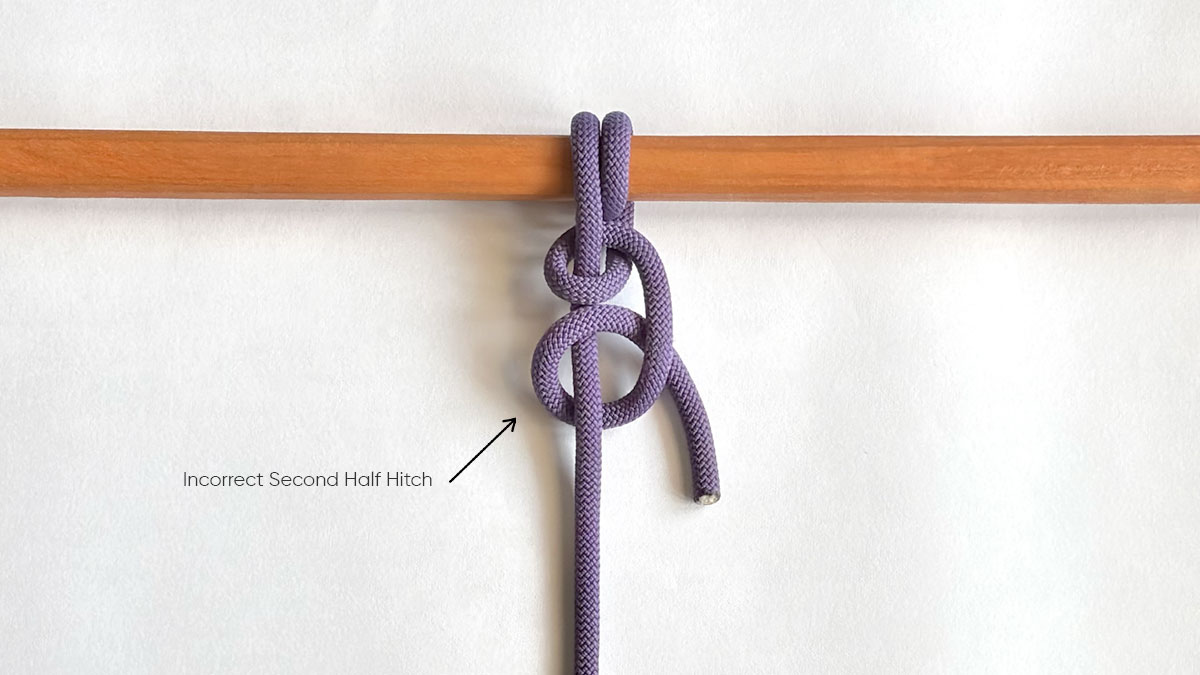
Each Half Hitch should be tied in the same direction.
If the first Half Hitch is tied with the working end passing over and under the standing end, repeat the same steps on the next Half Hitch.
If this is not strictly followed, there’s a chance of the Half Hitches getting undone on their own.
Overdoing Half Hitches
We might think that adding many Hitches may increase the strength of the knot.
But it’s actually not true.
More Hitches just means more time spent untying the knot, and it’s not a substitute for a more secure hitch.
Quick TIP
Need a quick release Round Turn and Two Half Hitches? Add a slippery Half Hitch after the first Half Hitch.
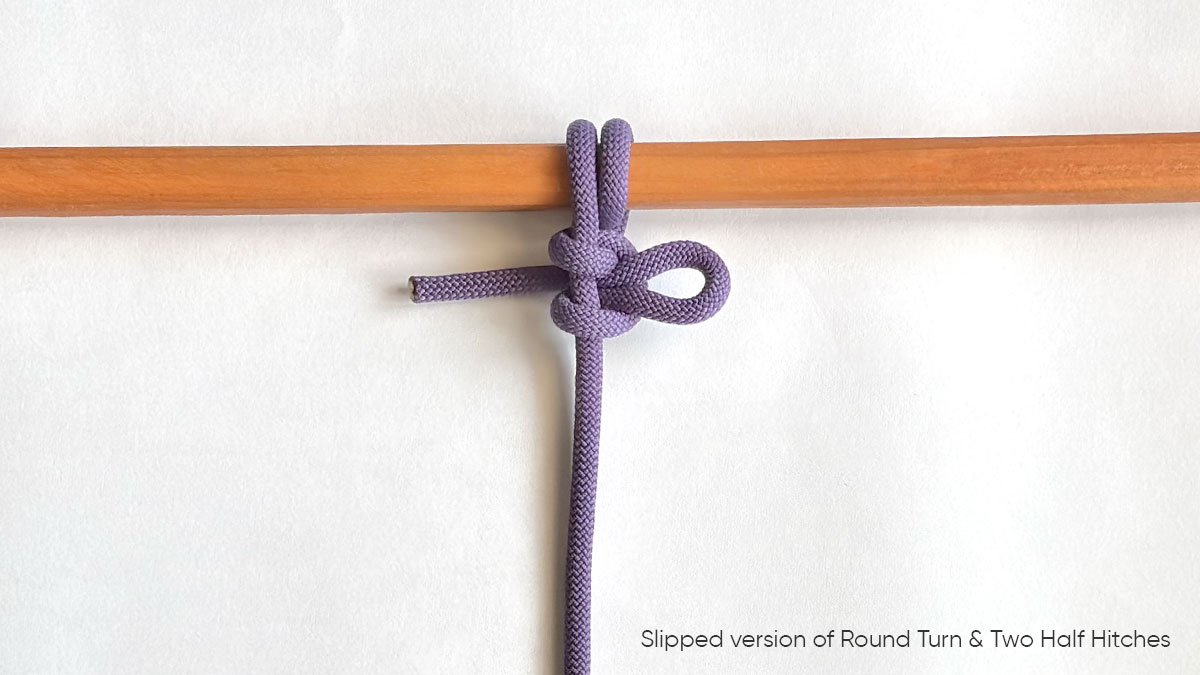
Just make a bight on the working end and tug it inside the loop.
This variation is particularly useful if the rope has a long tail.
Use this Slipped Half Hitch variation only in light load conditions, like setting up a temporary tarp while camping.
NEVER trust the slipped version under high tension load, such as securing a boat to an anchor.
Pros & Cons
- Can be tied and untied while the standing line is under tension
- Doesn’t jam
- Stays secure under uneven load, pulling, or cyclic loads
- Tightens itself when the line is pulled
- Not the most secure hitch knot. Stronger than some, but there are more secure options available.
Applications and Uses
Traditionally, the Round Turn and Two Half Hitches was used for holding mooring lines, so it’s still popular for securing lines to posts, trees, columns, or rings.
It can easily withstand the forces encountered in the water.
It’s also used to secure the ends of a ridgeline or tarp line, setting up clotheslines, or attaching hammocks to trees.
Looking for Something Stronger? Try the Anchor Hitch
If you are looking for a more secure option, the Anchor Hitch is probably the best option.
What’s more? It’s tied almost in a similar way.
After the round turn is made around the object, pass the tag end through the round turn and finish off by tying the Half Hitch.
It is one of the strongest (70-75%) and secure hitches for wet and slimy conditions.
Similar Knots
Clove Hitch
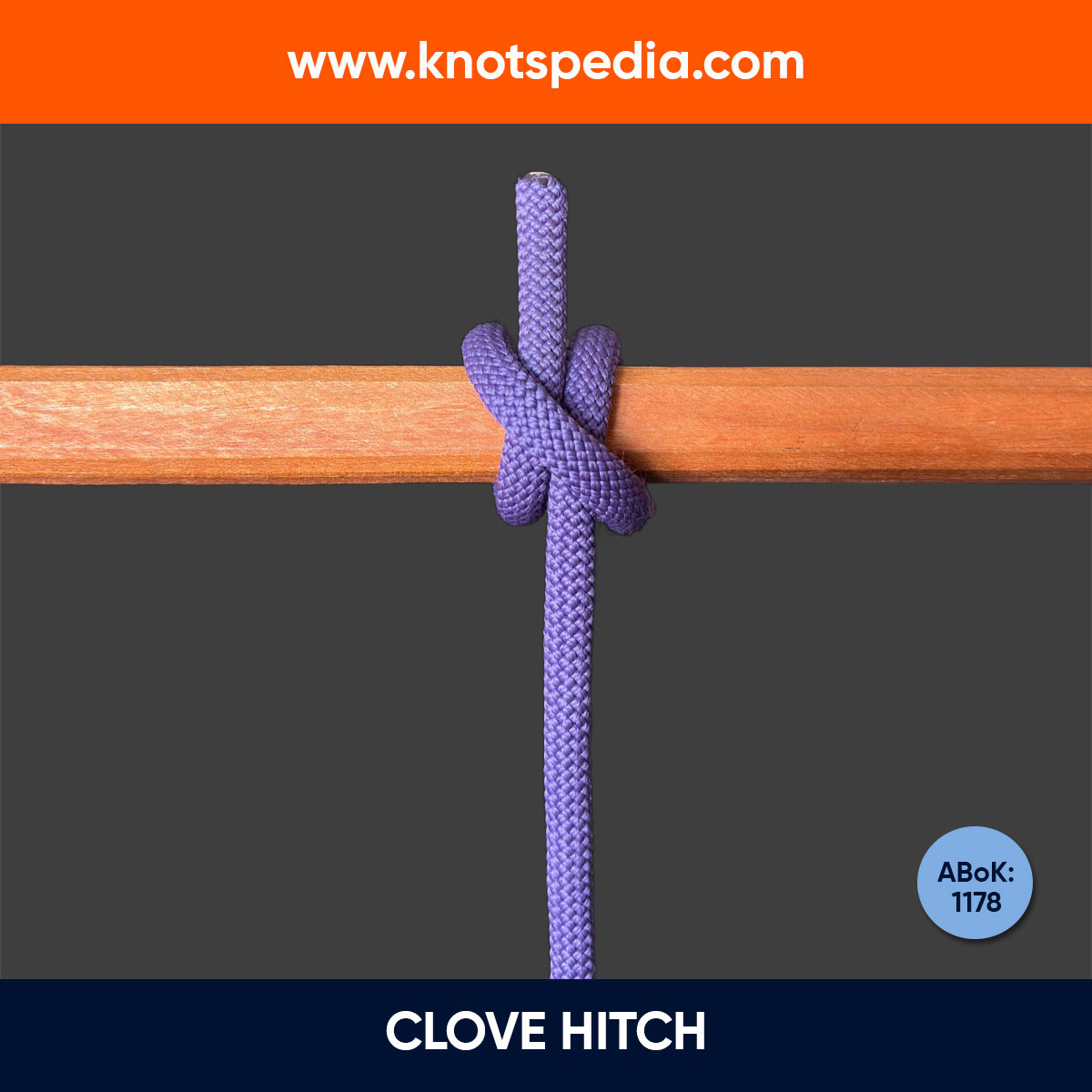
If the initial Round Turn is removed from this hitch, you are essentially left with the Clove Hitch around the standing ends. This is also known as the Buntline Hitch.
If you add a round turn around the object, it provides extra security to strengthen the knot further.
The Clove Hitch is quicker to tie, but it tends to slip easily and is difficult to secure tightly.
Pipe Hitch
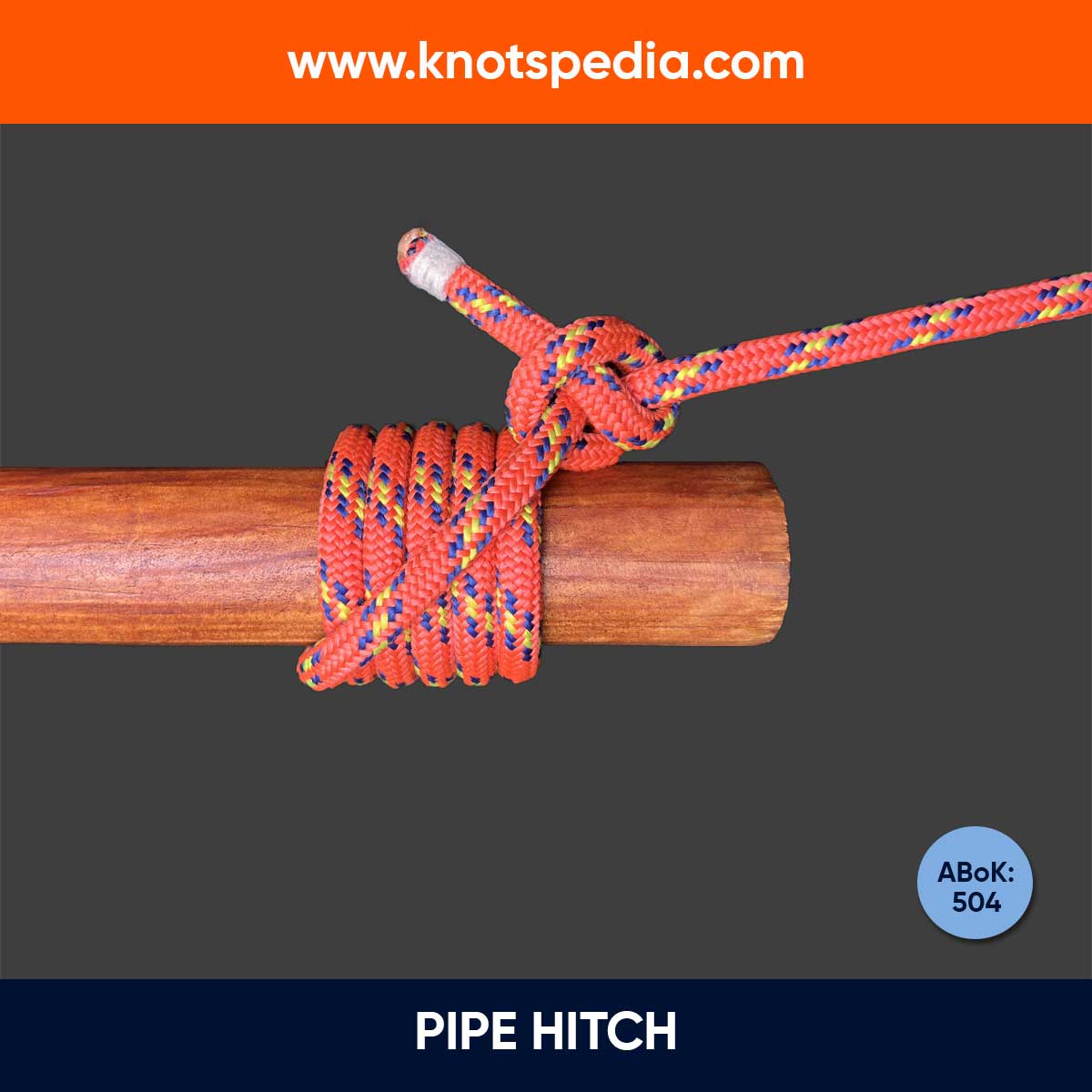
The Pipe Hitch (also known as the Well Pipe Hitch) is a variation of the Round Turn and Two Half Hitches.
It’s tied by wrapping four or more wraps around the object and finishing off with the Two Half Hitches (or a Clove Hitch) around the standing part.
It’s used to lower or hoist a pipe out of the ground.
That’s it for this Article.
If you like our work, Bookmark or Share the Article!


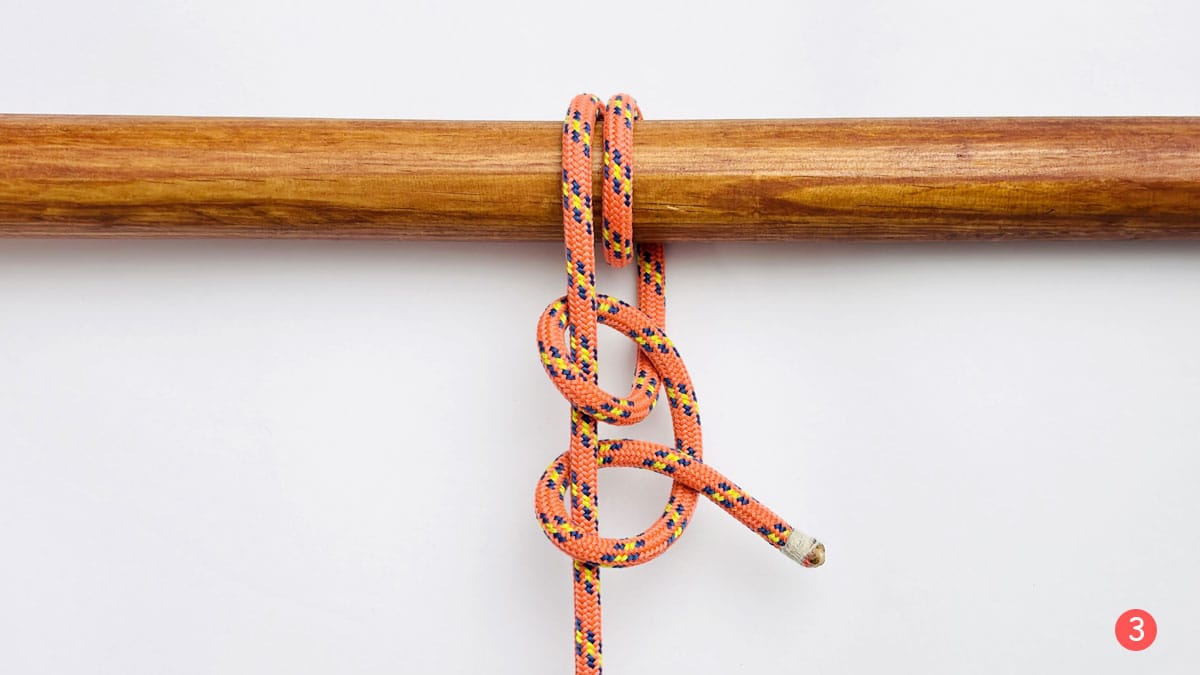
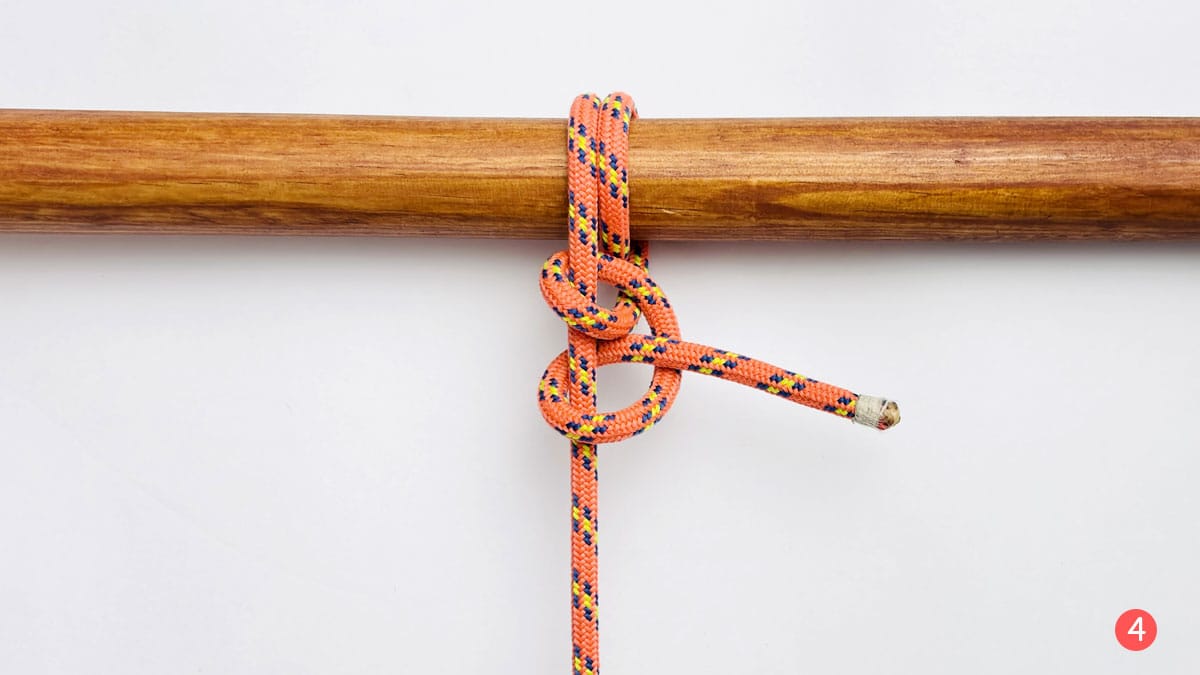



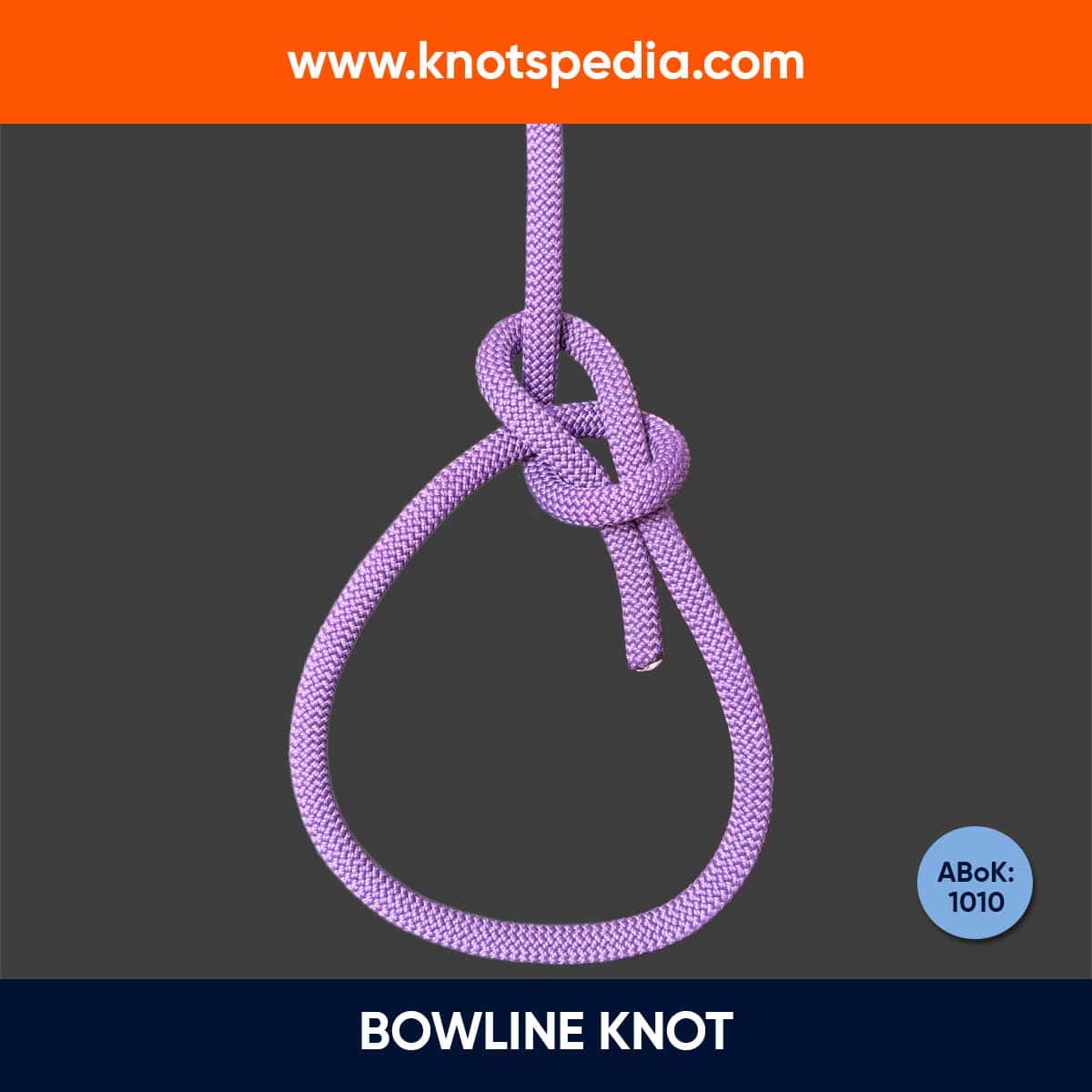
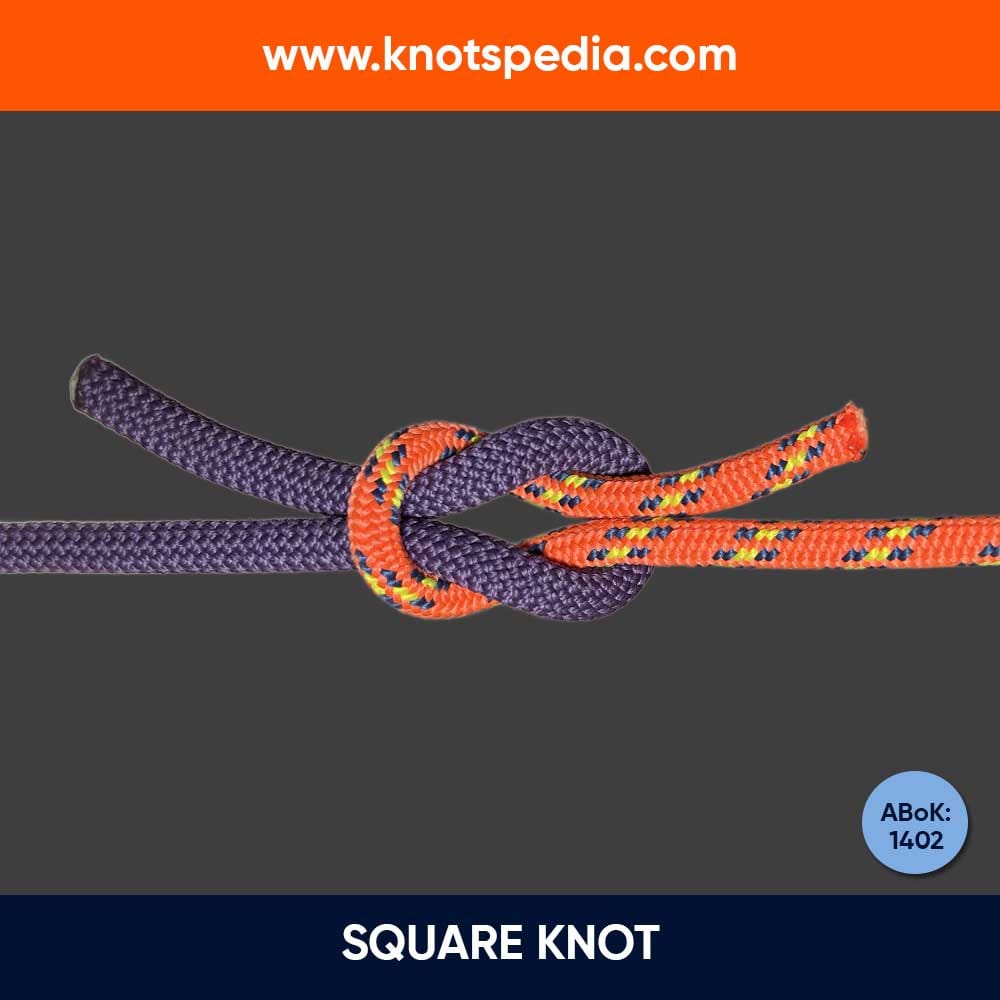
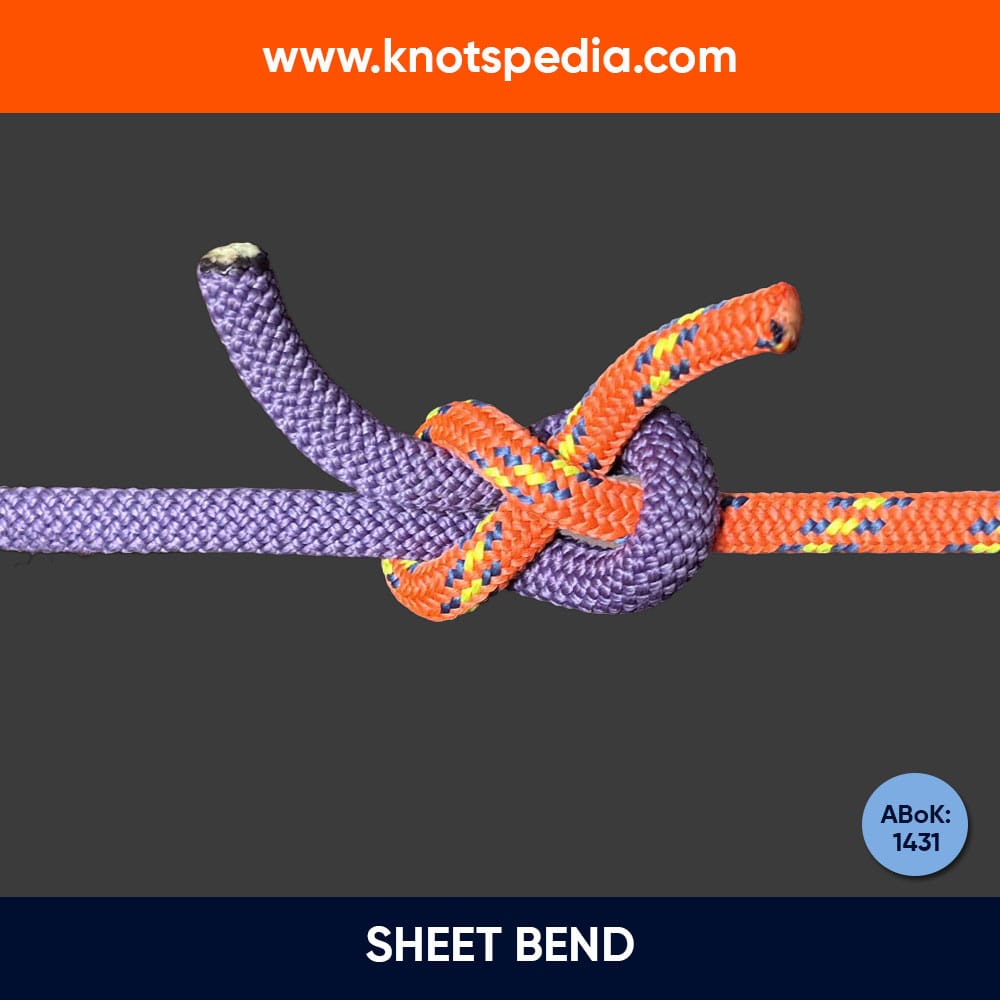
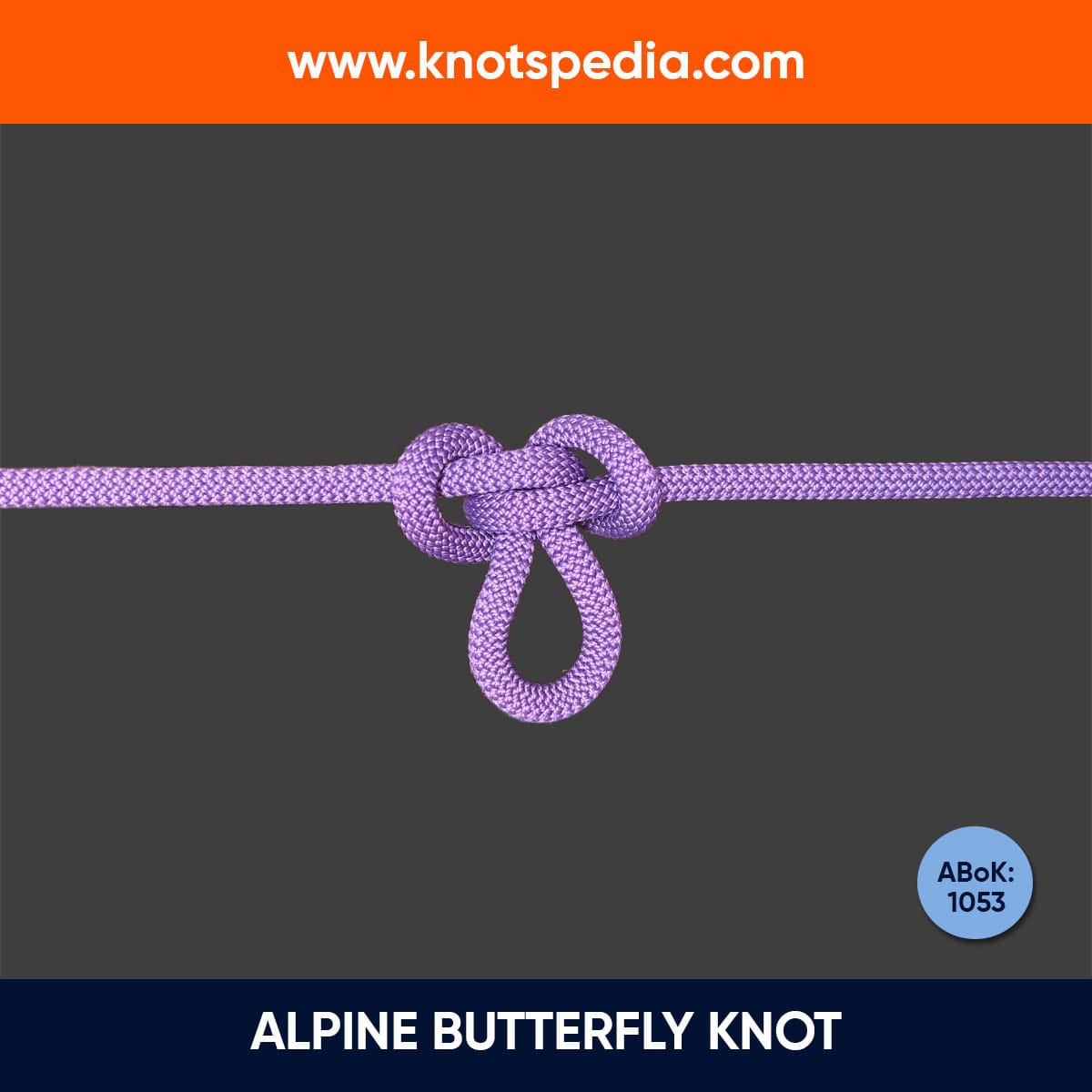

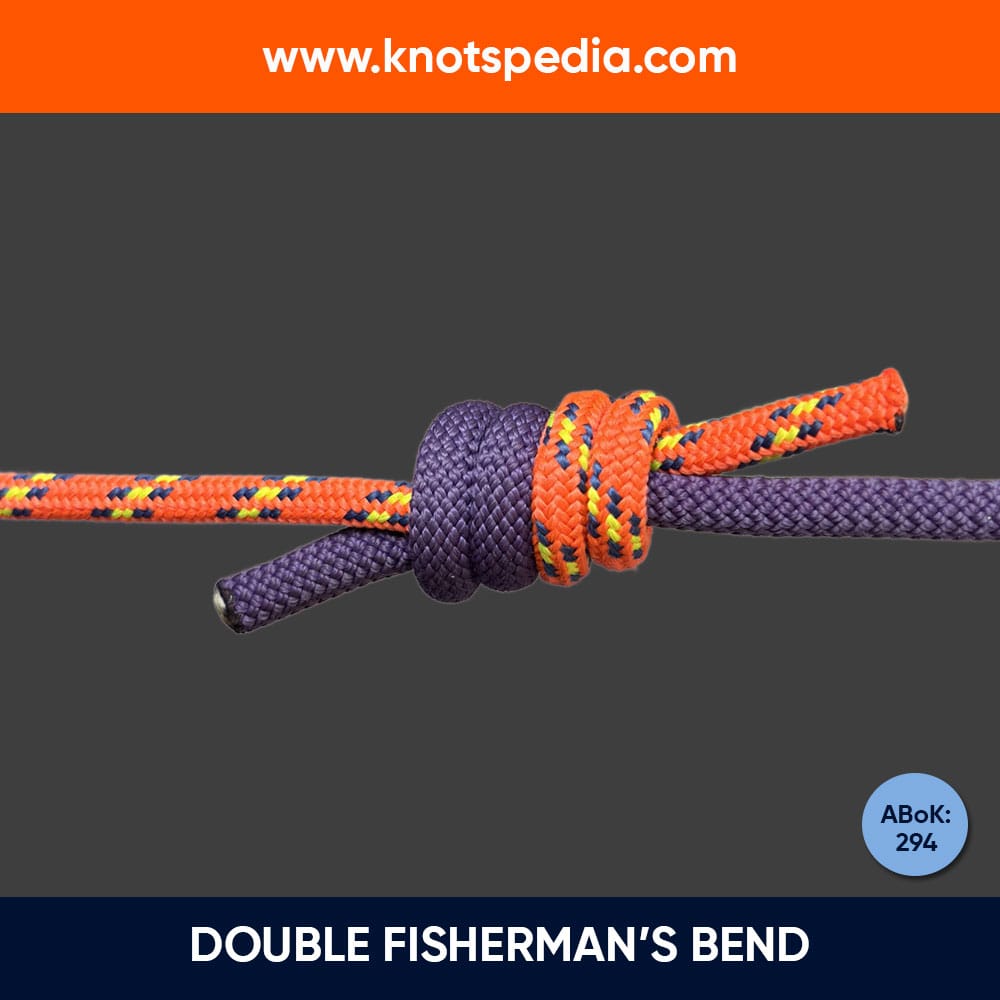
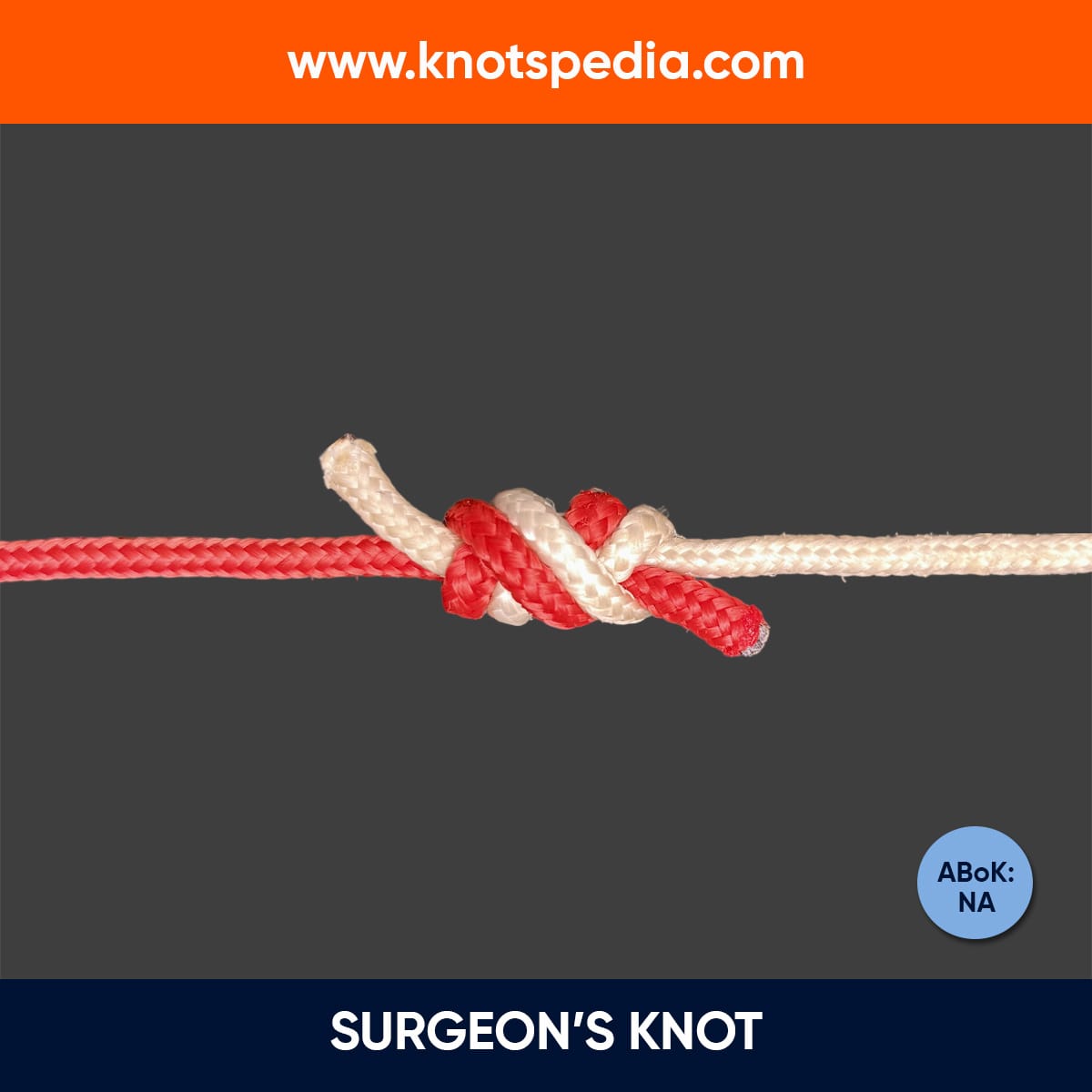



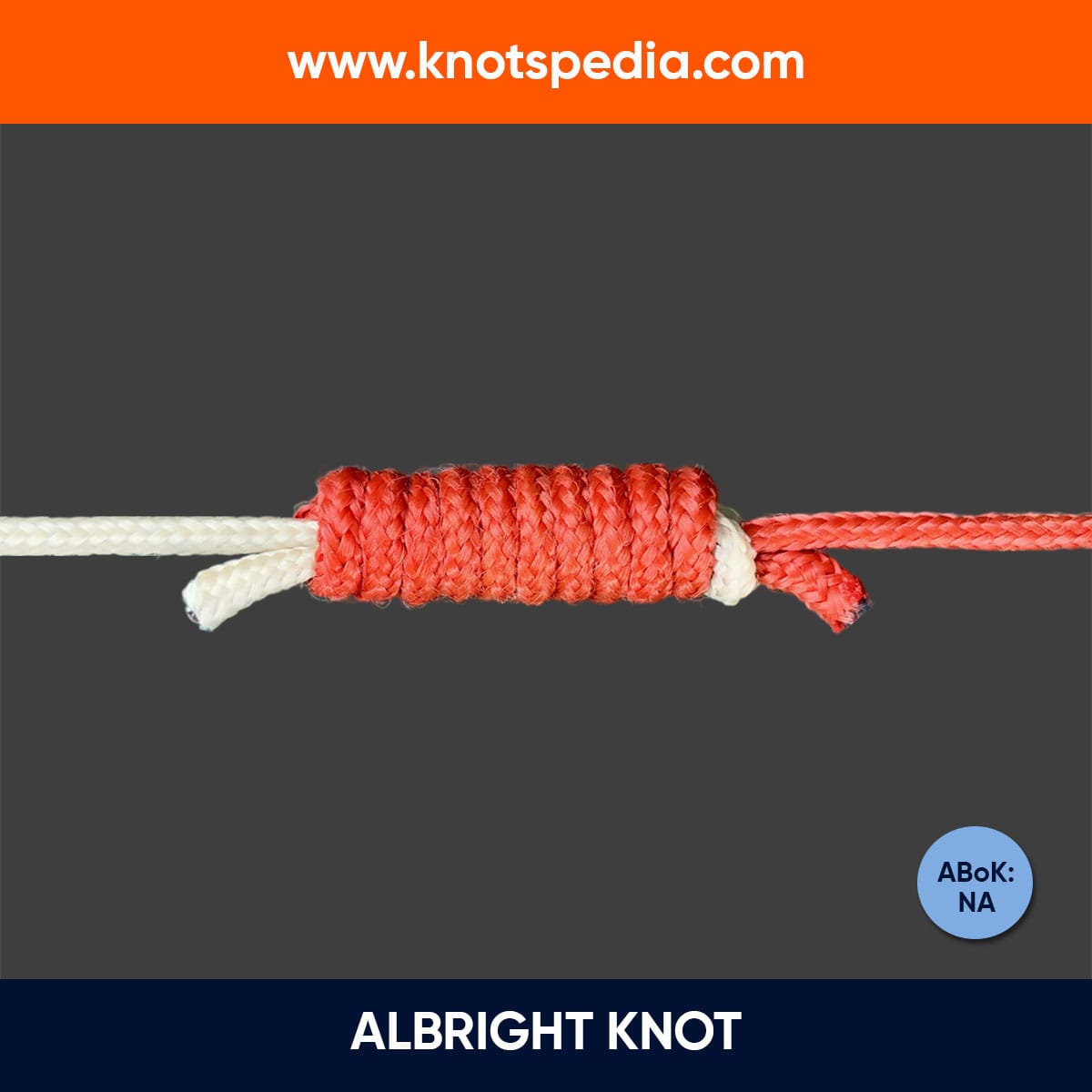
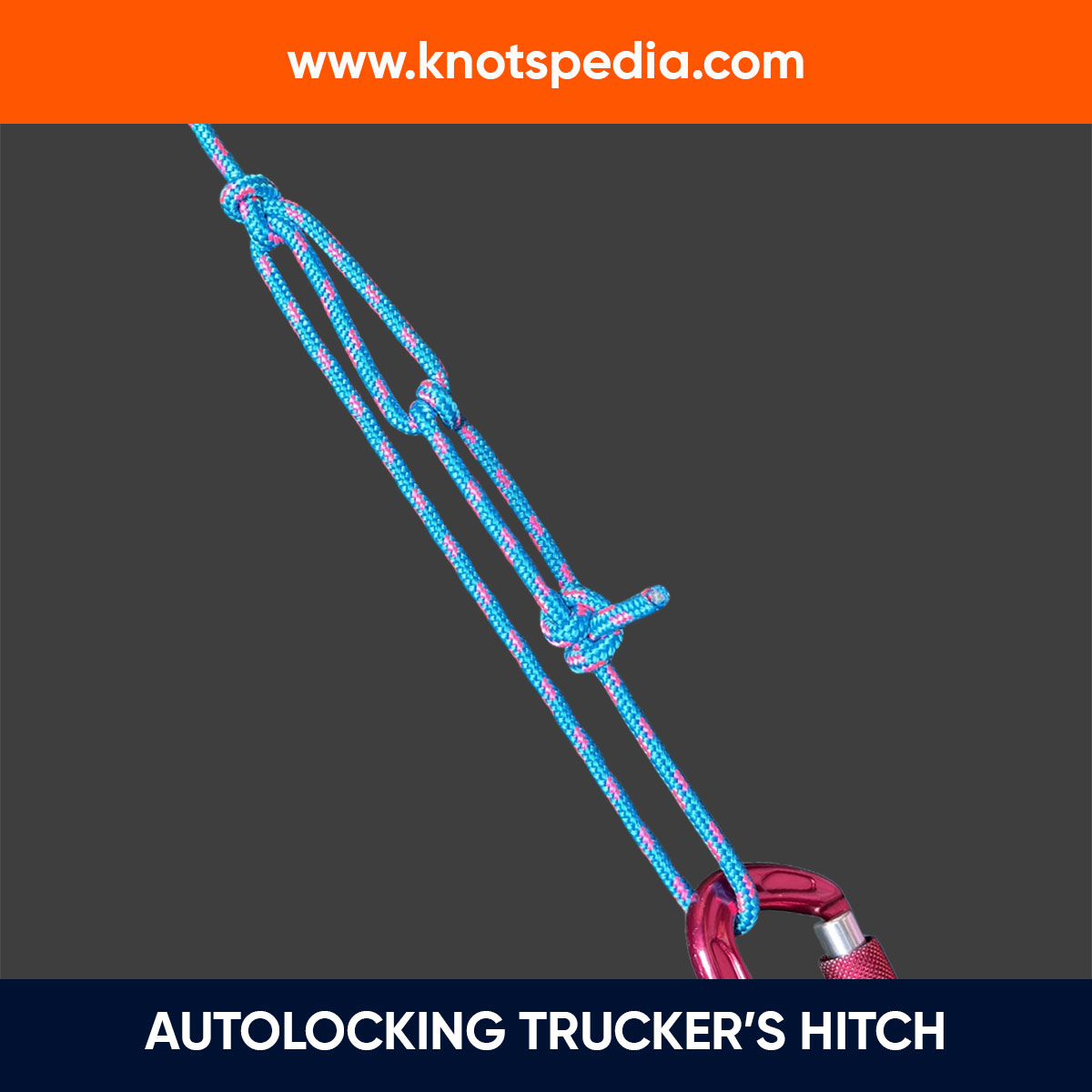
Srećan sam što ću u 69 godini života naučiti jako korisne trikove sa užadima od vrhunskog majstora.
That truly means a lot. Learning has no age, and I’m honored to share something useful with you. Thank you for your kind words.